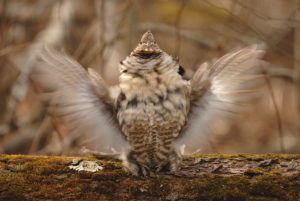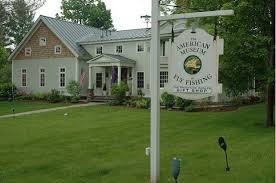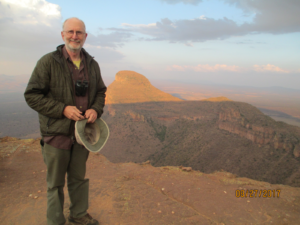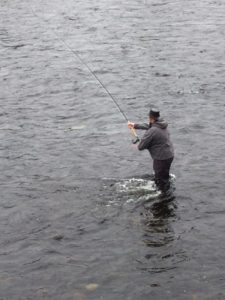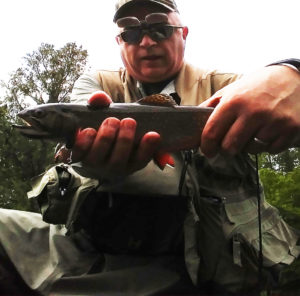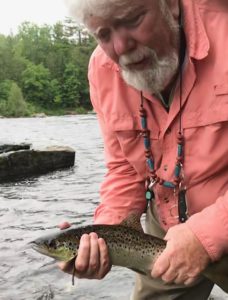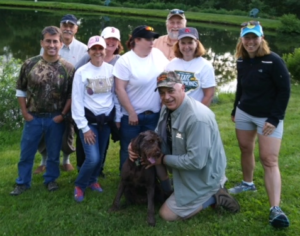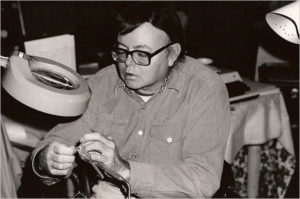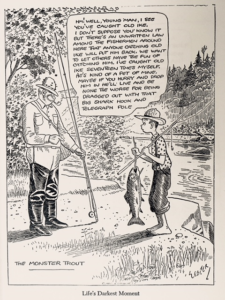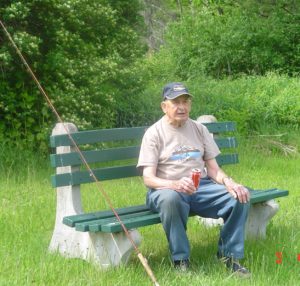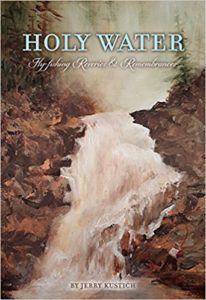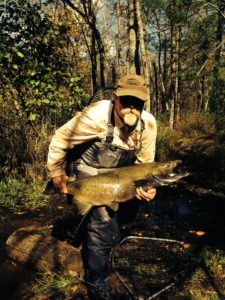At the January Meeting of the Berkshire County League of Sportsmen, DFW Western District Supervisor Andrew Madden presented the statewide 2018 preliminary black bear harvest report. He reported that during the three hunting seasons in 2018, a total of 201 bears were harvested. This represents a drop from the 270 bears taken in 2017 and the record 283 bears taken in 2016. A breakdown by season is as follows: First season (Sept. 4 – Sept. 22): 150 bears harvested, Second season (Nov. 5 – Nov. 24): 26, and the Shotgun season (Nov. 26 – Dec. 8): 25. 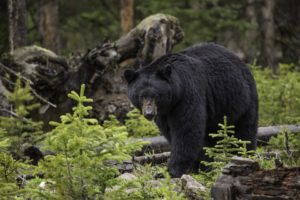
He reported that the September and November seasons were virtually identical in 2017 (151 and 26). The big decrease in harvest in 2018 was during the Shotgun season. He speculated that bears were active very late in 2017, resulting in a high Shotgun season harvest, 91 bears taken. The lack of hard mast in 2018 saw bears enter their dens early which resulted in a corresponding reduction in the Shotgun season harvest, with only 25 bears taken.
Although these were preliminary figures, Madden does not expect the total to change significantly. There are a lot of bears out there and he expects that the 2019 harvest will climb back to the 270 range.
Sportsmen’s Clubs archery/shooting leagues gearing up for the new year
The Lee Sportsmen’s Association (LSA) in-house Winter Pistol League will commence Tuesday, January 15 at 6:30pm and continue every Tuesday for 10 weeks. It will feature both rim fire and center fire pistol matches, and rim fire rifle competitions. There will be 4 events in all. The cost will be $40.00 for one event and $5.00 for each event after that.
They will start at 6:30pm shooting the rim fire rifle match. Each shooter will shoot 30 rounds at a 50 ft. small bore rifle target. Shooters may lean against the front of the port and rest their elbows on the top of the port. Rifles may be equipped with scopes.
At 7:00pm, they will shoot an NRA gallery rim fire bullseye pistol match. Each shooter will shoot 10 rounds at a standard 50 ft. slow fire target, 10 rounds at a standard 50 ft. timed fire target, and 10 rounds at a standard rapid-fire target. The NRA gallery match is shot one-handed; however, they do allow a two-handed class for their league for those who would rather shoot two-handed.
There will be a combat match when the NRA gallery match is finished. Shooters will fire 25 rounds into a silhouette target at three different positions. The ammunition used will be any 9mm or larger.
For more information, please contact Larry Curtin at (413) 822-3764 or clcurtin9@hotmail.com.
The LSA will be having a Youth Archery League on Saturday mornings beginning January 12 through March 16. It is advertised as a safe, fun, and educational experience, where children ages 6 to 17 can learn and practice archery skills. The club provides everything the student needs, but if you would like to bring your own, that is OK, too.
The cost is $20 per participant and includes: indoor archery range use, bows, arrows, targets, weekly snacks, and t-shirts for new students. Session 1 for Ages 6-12 are from 9:00am to 10:30am and Session 2 for Ages 13-17 are from 10:30am to 12:00pm. Call or text Coach Doug Frank at (413) 822-0720 for more information, or if you wish to discuss placing a student in a different session for any reason.
The LSA is also having a Thursday Night Archery League. It runs from January 17 through March 7 and begins at 6:00pm. You will be shooting at foam 2D targets. There is a $20 fee. Contact Todd Bush at (413) 441-2094 for more information.
The Lenox Sportsmen’s Club (LSC) will be having its Bullseye League starting tomorrow night at 7:00pm and running 11 weeks until March 19. The shoots include .22 Caliber at 50 feet and Centerfire at 75 feet. The same Bullseye League also runs on Thursdays at 12:00 noon. That one started last Thursday.
The LSC Rifle League started this morning at 10:00 am with .22 Caliber rifle at 50 ft. & 75 ft
For more information contact Ray Scheufler- 413-443-3059 or E-mail rps94@msn.com.
The LSC Adult and Youth Archery Leagues start the first and second weeks in January. Its Youth Archery League started on January 12 from 9:00 to 10:30 am for youths 8 to 12 years old and from 10:30am to 12:00pm for 13 to 16-year olders. They are free and some equipment is available for beginners. Contact Mark Jester (413)499-8482. They also have a Club 3D Archery League on Mondays (contact Brian Vincent at (413)443-2098 for details) and a 2D Archery League on Wednesday – Friday and Saturdays (contact Jim Ferguson (413)499-0212.) 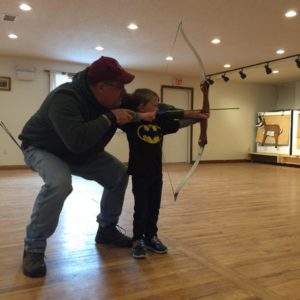
The LSC will be having a .22LR Rifle League this year. For those interested in participating, the league will run on Sundays starting at 10:00am. For more information contact Charles Kronick at 413-448-6065 or email chak219@yahoo.com.
The Stockbridge Sportsmen’s Club began its Youth Archery League yesterday. Although sign-up was yesterday you might still be able to enter it. The league will run for 10 Saturdays, starting on January 12. The club provides all equipment or you may bring your own. Non-members are welcome. You can download and mail a registration form along with a $40 fee. Anyone of interest and is able to assist should contact Mike Buffoni.
Coyote Derby
Dave’s Sporting Goods in Pittsfield is having its Coyote Derby again this year. It will run until the end of coyote hunting season which is March 8, 2019. Entrance fee is $10 and prizes will be awarded to the person who bags the most coyotes, the largest coyote and there will also be a random draw.
Marlborough FlyFishing Show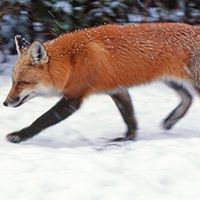
The 2019 Fly Fishing Show will take place from January 18 through 20 at the Royal Plaza Trade Center,181 Boston Post Road, West Marlborough, MA. The show’s newest edition features a tribute ceremony to the late fly-fishing icon Lefty Kreh on Saturday, plus more than 10 demonstrations or audio/visual presentations each hour together with wall-to-wall displays of the newest fly rods, reels, lines, boots, waders, clothing and flies during the three-day mid-winter run.
In addition to tackle, lodges and exotic destinations, show visitors can view continuous fly-tying demonstrations, how-to-do-it seminars and presentations ranging from the Rangeley Lakes in Western Maine to Surf Fishing for Striped Bass.
Seminars include Euro-nymphing, Tightline and Other Nymph Fishing Secret Weapons by Jason Randall to Catching Difficult Trout by Ed Engle. Casting demonstrations are scheduled by Gary Borger, George Daniel, Jeff Currier and Sheila Hassan among others.
Featured fly tiers include Borger, Alan Caolo, Tim Flagler, Joe Cordiero, Bob Clouser and Engle.
The northeastern premiere of the 2019 Fly Fishing Film Festival is Friday at 6:30. Tickets are $10 in advance or $15 at the door.
Scouts in uniform can earn credits toward a fly-fishing merit badge.
The FlyFishing Show® admission is $15 for one day, $25 for two days and $35 for three days. Children under age 5 are free as are Boy and Girl Scouts under 16 in uniform. Children under 12 are $5. Active military with an ID are $10.
For a complete list of fly-fishing films, classes, seminars, door prizes, demonstrations and the Scout Merit Badge program, visit flyfishingshow.com/marlborough-ma/ or phone (814) 443-3638.

